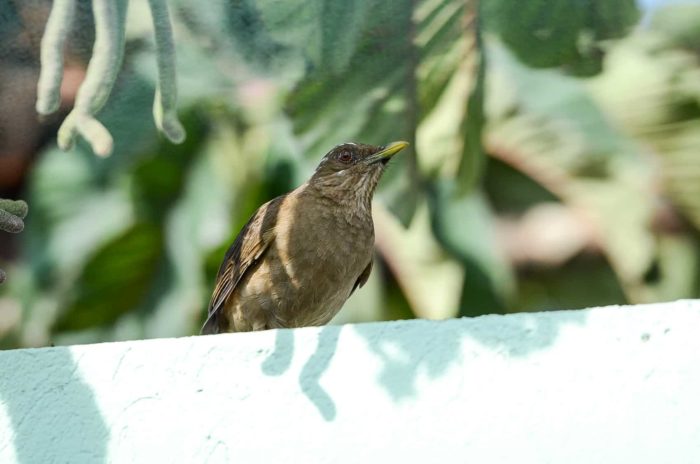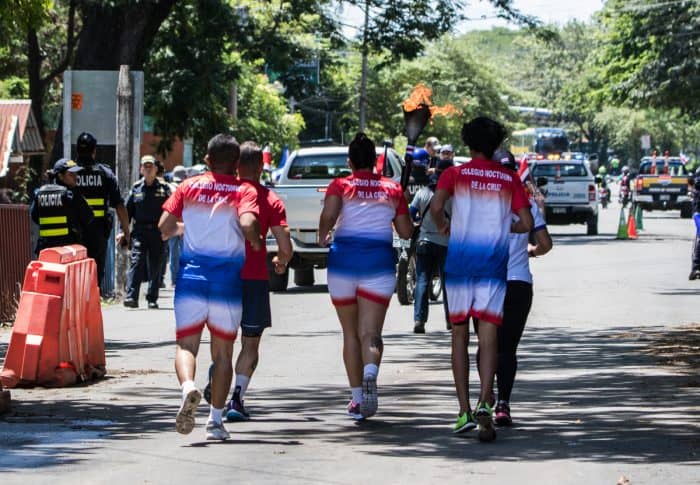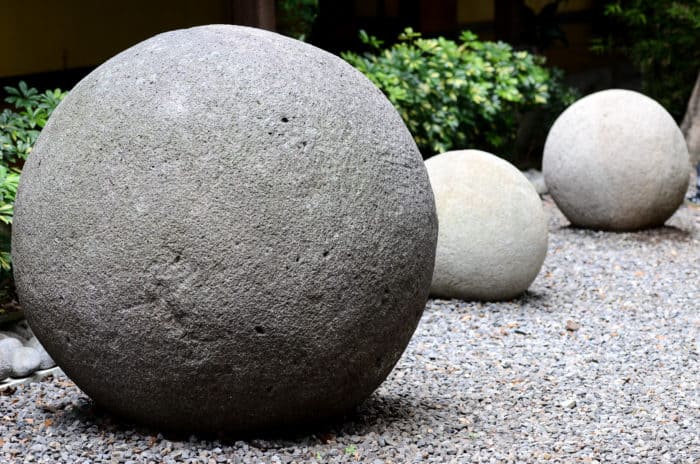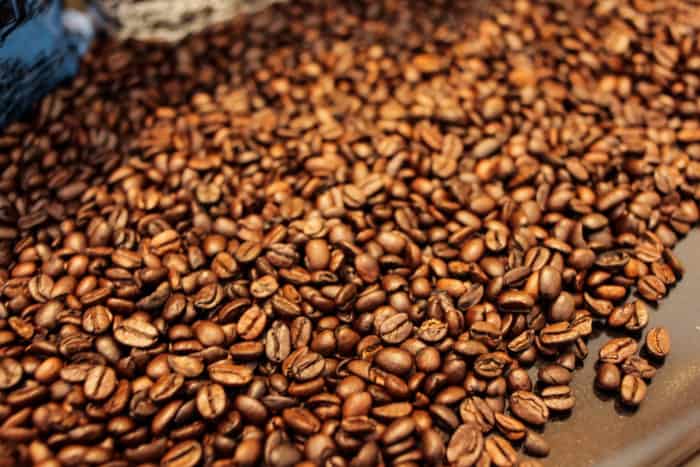With Costa Rica’s bicentennial just around the corner, it’s a great time to learn the country’s national symbols. The national symbols of Costa Rica represent the country, its people and its traditions.
The Coat of Arms (National Shield): Declared as a national symbol in 1948 in order to strengthen the organization of the three Powers of the Republic and provide the country with symbolism in its international relations.
The Flag of Costa Rica: Declared as a national symbol in 1948. The representation of the three colors is as follows: blue represents the sky that covers and protects Costa Rica; white symbolizes the peace that exists in the country and the purity of its ideals; red evokes the courage of the Costa Rican people to defend their democratic system.
La Guaria Morada: The national flower since 1939, after the request of several prominent figures of the time.
The Guanacaste Tree: A national symbol since 1959. It was granted such status in a context where the State had been promoting campaigns in defense of natural resources.
The Yigüirro: In 1977, the Yigüirro was decreed as the national bird due to its harmonious song.

The National Anthem of Costa Rica: It has been declared a national symbol since 1949, so its teaching would be compulsory for patriotic activities.
La Carreta (Oxcart): La Carreta was declared a symbol in 1988. Its historical role in economic and social development is recognized as an expression of popular art. The decorated wagon has been a hallmark worldwide and has fostered artisanal creation and production. It was declared by UNESCO as an Intangible Cultural Heritage of Humanity.
The White-tailed Deer: Declared a symbol of the fauna of Costa Rica in 1995.
The Marimba: Declared a national musical instrument since 1996. Among other reasons, it was considered to be linked to the most diverse popular festivities in Costa Rica. Its manufacture and execution has been passed down for generations through oral tradition.
The Independence Torch: Declared a national symbol in 2005, based on a project that intended to celebrate, together with the countries of the region, the significance of the historic event of Independence.

Los Crestones at Chirripó National Park: Declared a national symbol in 2011 in order to promote the tourist attraction to said park.
The Manatee: Declared a national symbol of the marine fauna of Costa Rica in 2014, from the initiative of two first-grade students interested in the protection of natural resources in the national territory.
The Pre-Columbian Indigenous Spheres: In 2014, UNESCO named the set of pre-Columbian chiefdom settlements with stone spheres of Diquís as a World Heritage Site. In that same year, it was declared a national symbol of Costa Rica.

The National Theater: The construction of the National Theater began in 1891. In 2018, it was declared a national symbol for being one of the most important buildings in national history and our main architectural jewel.
Coffee from Costa Rica: In July 2020, Law N° 9815 was signed, declaring Costa Rican coffee as the fifteenth national symbol due to its role in Costa Rican economic, social and cultural development. The Costa Rican “grain of gold” has been a fundamental part of the national and local economy.

The sloth: Costa Rica’s two native species — Hoffmann’s two-toed sloth and Brown-throated three-toed sloths — were added to the list earlier this year. Not only do sloths symbolize Costa Rica and ecotourism, but their designation as a national symbol also seeks to improve conservation of the iconic mammals.








